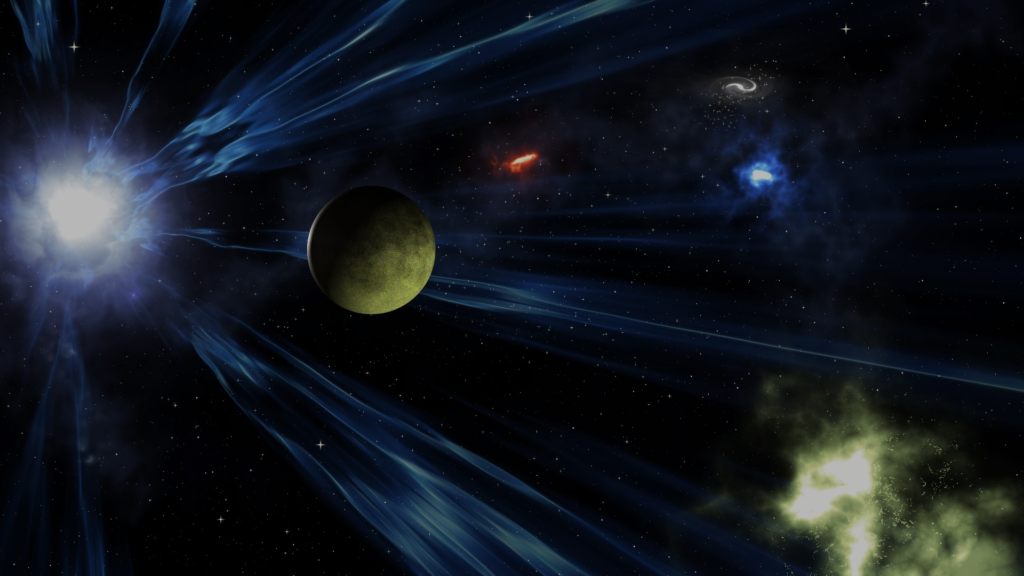## A Journey Through the Milky Way Galaxy: Its Structure and Wonders
Have you ever looked up at the night sky and wondered about the swirling band of light stretching across the darkness? That’s the Milky Way, our home galaxy, a breathtaking cosmic island teeming with stars, gas, dust, and untold mysteries. It’s more than just a pretty picture; it’s a dynamic, evolving structure with a story billions of years in the making. Let’s embark on a journey to explore its captivating features!
### 1. The Milky Way’s Spiral Structure: A Celestial Pinwheel
Imagine a giant, spinning pinwheel – that’s a pretty good analogy for our Milky Way. It’s a barred spiral galaxy, meaning it has a central bar-shaped structure made of stars, from which spiral arms extend. These arms aren’t rigid structures; they’re more like density waves, regions where stars cluster more densely. Think of it like a traffic jam on a highway – cars (stars) bunch up in certain areas, creating a denser region.
Our solar system resides within one of these spiral arms, the Orion Arm, about halfway out from the galactic center. It takes our sun around 230 million years to complete one orbit around the galactic center – a period known as a galactic year!
### 2. The Galactic Bulge and the Supermassive Black Hole
At the heart of the Milky Way lies a dense region known as the galactic bulge. This area is packed with older stars and is shaped somewhat like a peanut. But the most intriguing feature here is Sagittarius A*, a supermassive black hole millions of times the mass of our sun. This black hole isn’t some distant, abstract concept; its gravitational pull shapes the movements of stars and gas in the galactic center. Scientists have even captured images of stars orbiting Sagittarius A*, providing compelling evidence for its existence.
### 3. The Halo: A Ghostly Surround
Surrounding the disk of the Milky Way is a vast, spherical halo. This halo contains a sparse population of stars, globular clusters (dense groups of hundreds of thousands of stars), and a significant amount of dark matter – a mysterious substance that we can’t see directly but whose gravitational effects we can observe. These globular clusters are ancient, dating back to the earliest stages of the Milky Way’s formation, providing valuable clues about its history.
### 4. Gas, Dust, and Star Formation
The Milky Way isn’t just a collection of stars; it’s also filled with gas and dust – the raw materials for creating new stars. These clouds of gas and dust, called nebulae, are often vibrant and colourful, showcasing stunning celestial landscapes. When these nebulae collapse under their own gravity, they can form new stars, continuing the cycle of stellar birth and death within our galaxy. The famous Orion Nebula is a prime example of a star-forming region within our own Milky Way.
### 5. Exploring Beyond: Mysteries Yet to Unravel
Despite our advanced telescopes and scientific understanding, many mysteries about the Milky Way remain. How did it form? What exactly is dark matter? What’s the ultimate fate of our galaxy? These are questions that continue to drive astronomical research. The ongoing exploration of our galaxy, with missions like the Gaia spacecraft mapping billions of stars, promises to unravel more of its secrets in the years to come.
**Conclusion:**
Our Milky Way galaxy is a truly awe-inspiring structure, a vast and dynamic cosmos that has captivated humanity for millennia. From the majestic spiral arms to the mysterious dark matter halo and the supermassive black hole at its heart, there’s endless wonder to explore. So, grab your telescope (or just your eyes!), look up at the night sky, and let your imagination soar through the wonders of our galactic home. Share your thoughts and questions in the comments below – let’s explore the Milky Way together!


